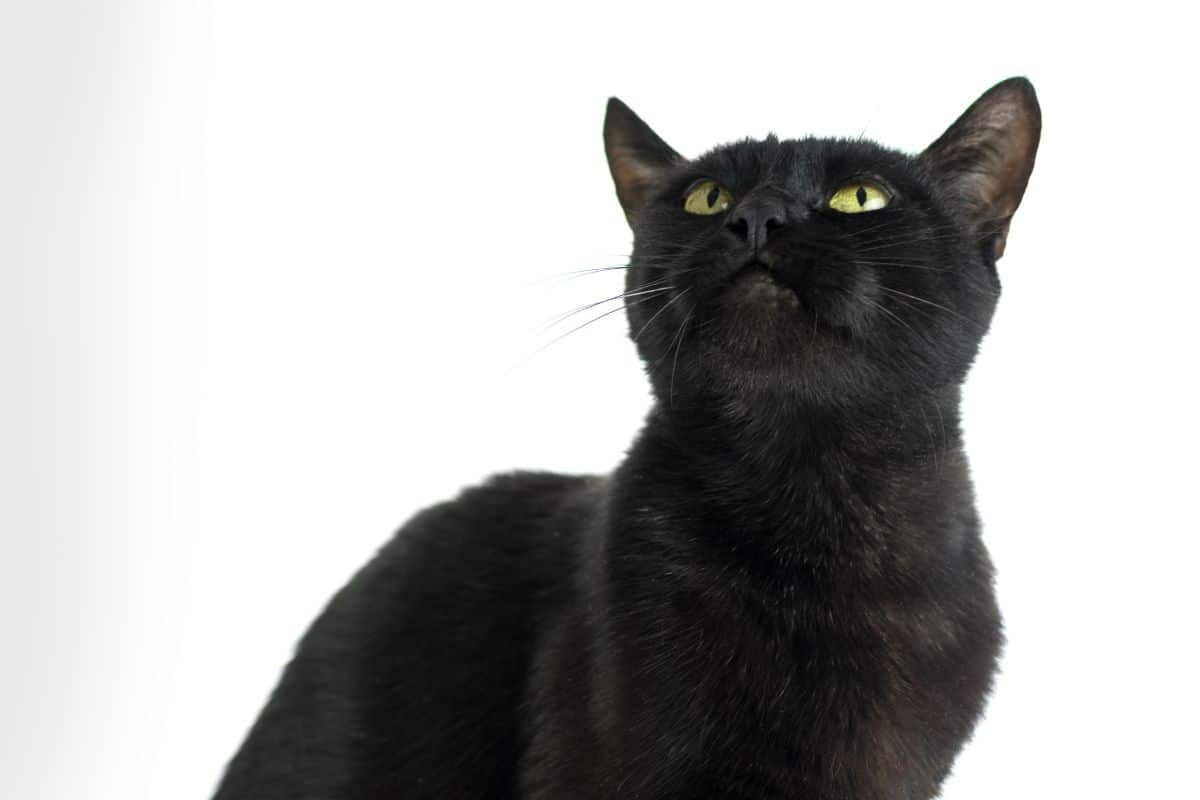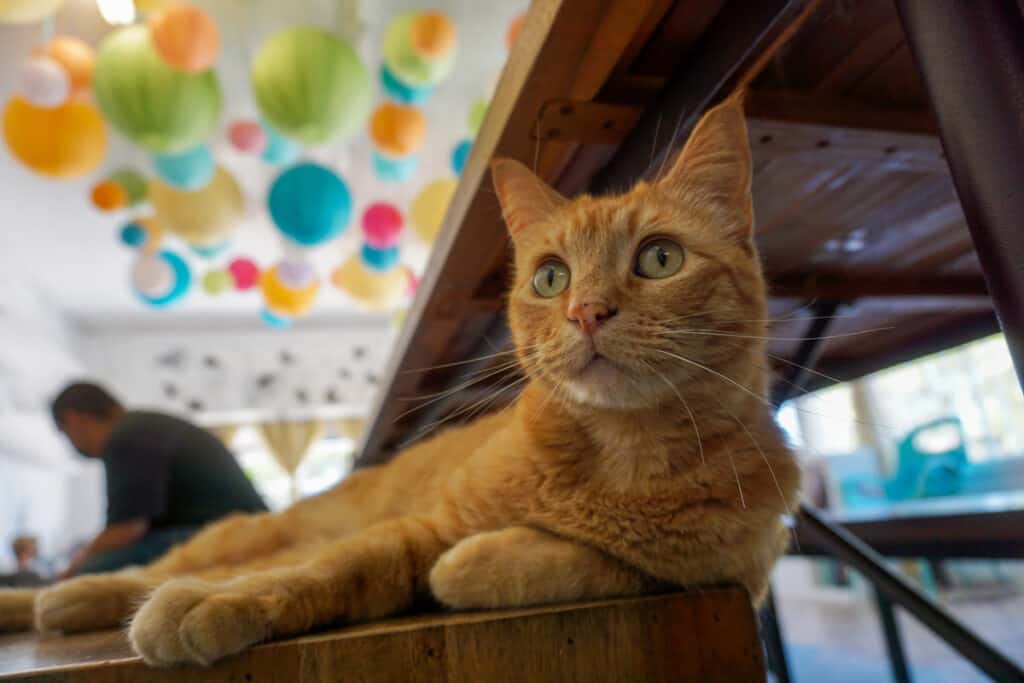Tabby cats are the most common type of domestic cats. Tabby cats are not a cat breed but a coat fur pattern found on many types of cat breeds as well as cats of mixed breed origin.
Inherited from their wild ancestors, tabby cats all have a type of coat pattern that has the classic “M” forehead marking, thin pencil lines on the face and around the eyes, banding around the legs and tail, and patterned body that can be one of four patterns: mackerel, ticked, spotted, and classic (also known as marbled).
The agouti gene is responsible for a cat’s tabby coat pattern. Agouti is a fur color that has two or more colored bands running across each hair.
Tabby cats can have a range of colors with a mix of a darker color for the markings and typically a lighter base for the rest of the fur. Tabby cats are often described by combination of the markings color and bast coat color.
Brown tabby
Brown tabbies have black markings over gray or brown fur.
Brown tabbies are one of the most common domestic shorthair cat and longhair cat coat patterns.
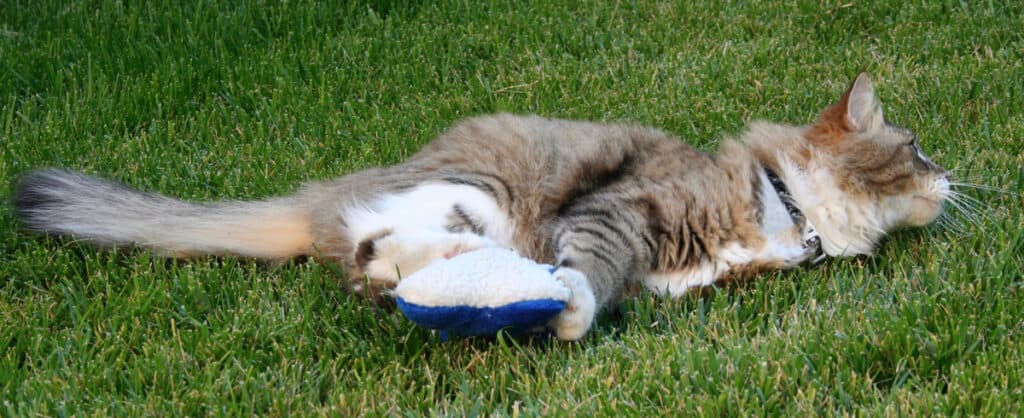
Silver tabby
Silver tabby cats have black markings against a light gray background. The roots of all the individual hairs on a silver tabby are tipped with black.
Some cat breeds that can have the silver tabby coat are: British shorthair, Russian blue cats, Maine coon, Siamese, and Turkish Angora.
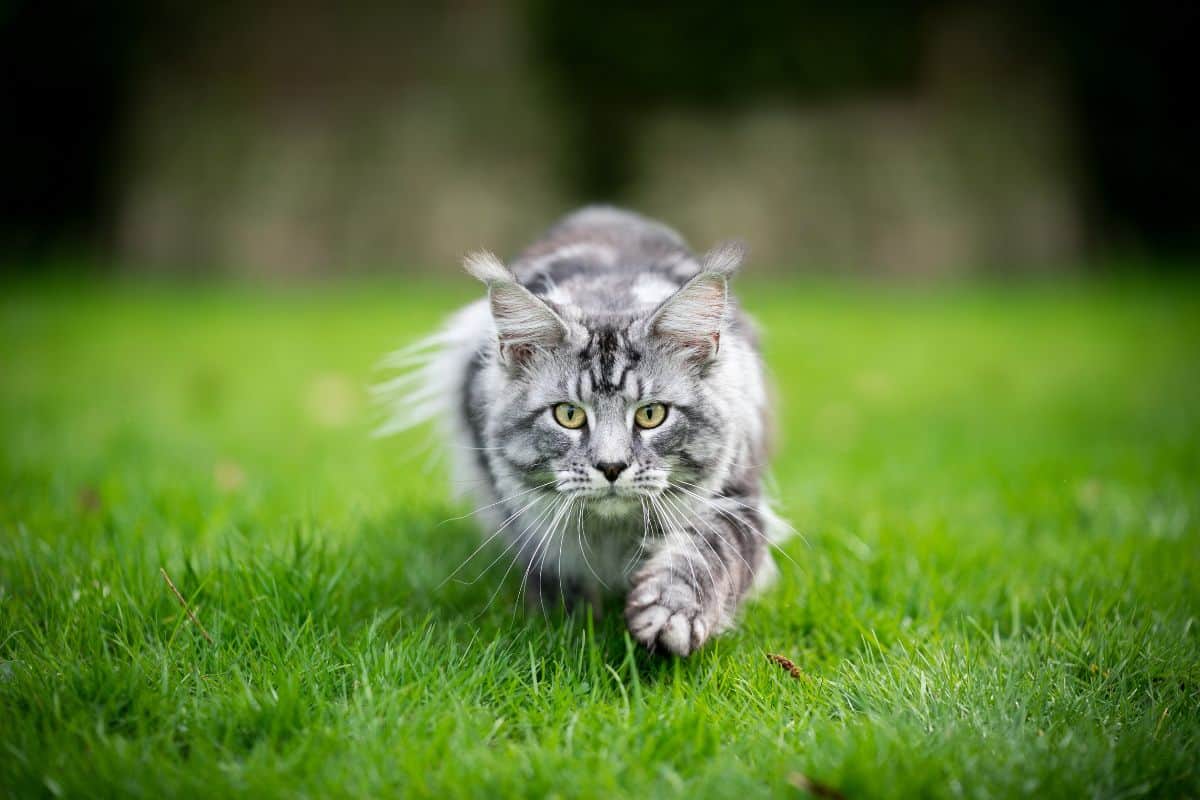
Blue tabby (or gray tabby)
In the cat world, blue is often used to describe cats with gray fur. A blue tabby has gray markings on a light gray or cream base coat.
Most people refer to blue tabbies as gray tabby cats.
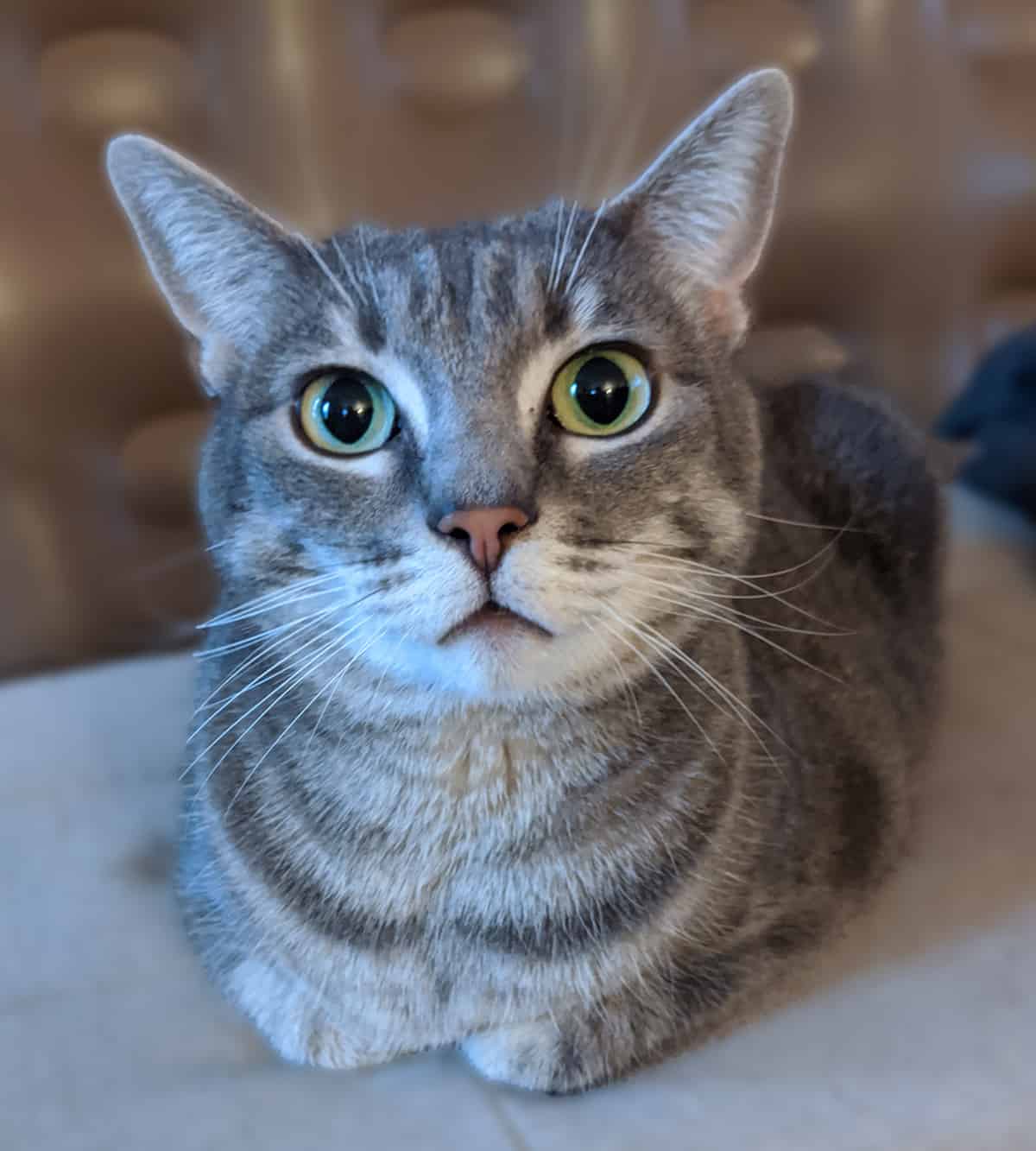
Chocolate tabby
Chocolate tabbies have dark chocolate markings with a chocolate base coat.
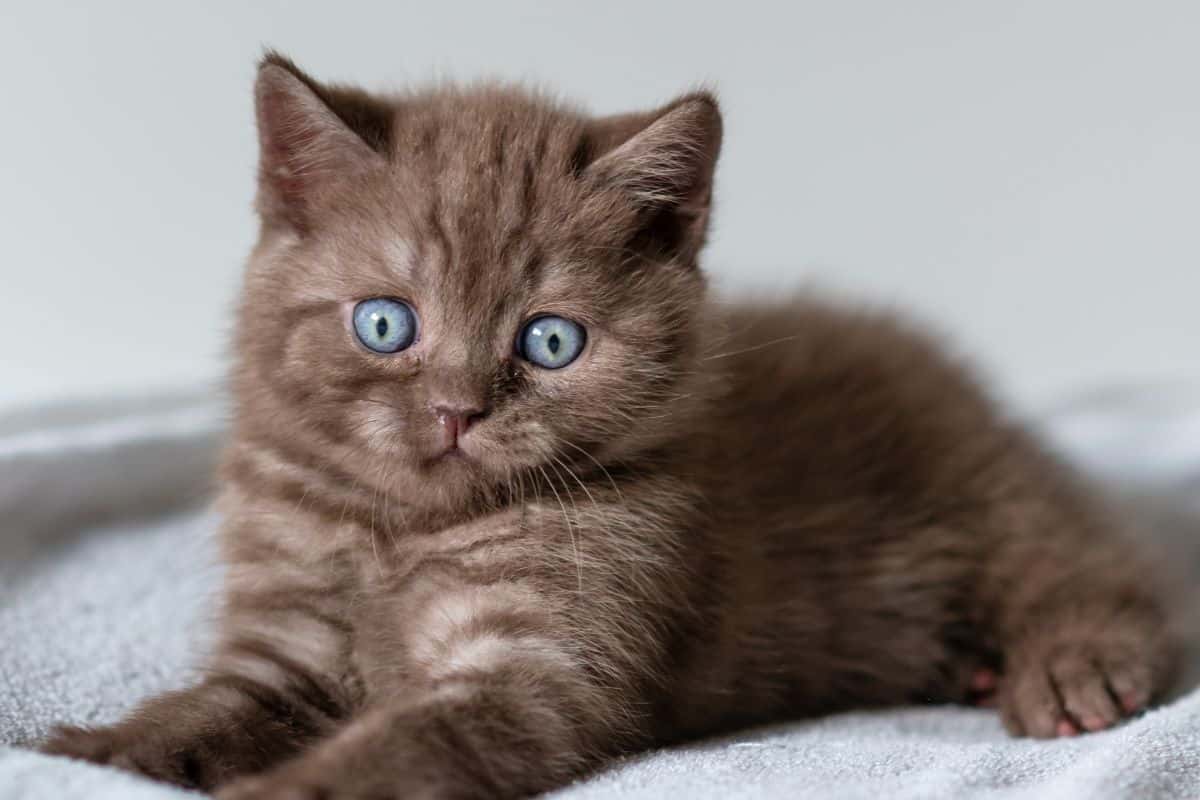
Lilac tabby
Lilac, or lavender, tabbies are not a light purple as the name suggests. Lilac tabby cats have a very light, dusty coloring. Lilac tabbies are a lighter version of the chocolate tabby.
Breeds that can have a lilac tabby coat are: American Bobtail, American Curl, Ragdoll, Balinese, Bengal, British Shorthair, Burmese, Himalyan, Japanese Bobtail, Lykoi, Oriental, Persian, Siamese, and Thai Lilac.
Lilac tabbies are the rarest coloring of all of the tabby cat coat patterns.

Cream tabby
A cream tabby has cream markings against a pale cream coat.
Cream tabbies are another rare coat pattern and are only found in breeds specifically bred to get that color.

Orange tabby
Orange tabbies, also known as red tabby cats, marmalade, or ginger cats, have dark orange markings over a cream base coat. In cats with orange fur, phaeomelanin (red pigment) completely replaces eumelanin (black or brown pigment).
90% of orange tabbies are male. The reason for this is that the gene that determines whether or not a cat has an orange coat is located on the X chromosome. Male cats with a single X chromosome might be orange or non-orange.
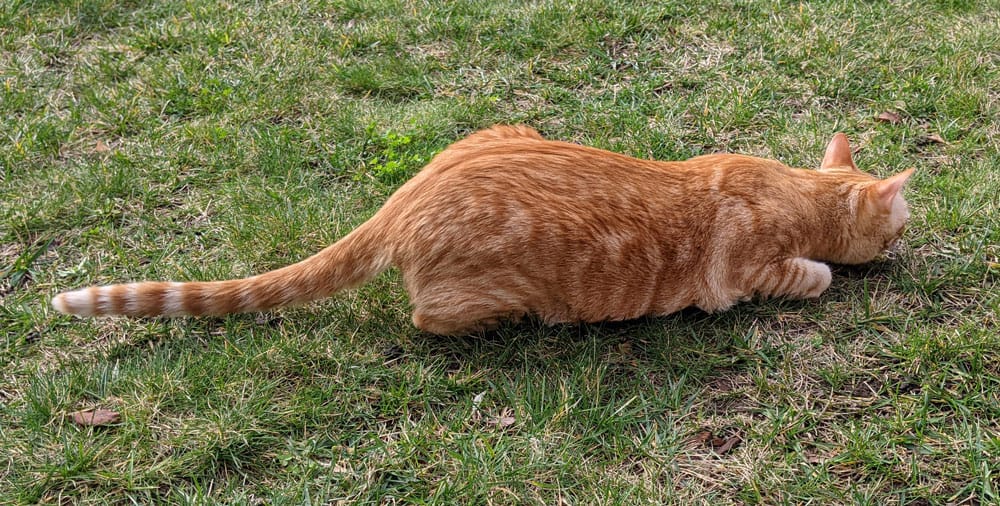
Black tabby
Black tabbies have a black on black coat pattern. Sometimes, these cats can appear to be all black and the agouti markings become visible when light is shone across the coat.
With solid coat cat colors, the genes that express the tabby markings are suppressed by a recessive gene. When that gene is not completely recessed, hints of the tabby markings can be seen under bright lights.
The best way to see if your black cat has tabby markings is to look at their fur in the sunlight or shine a flashlight across their body.
